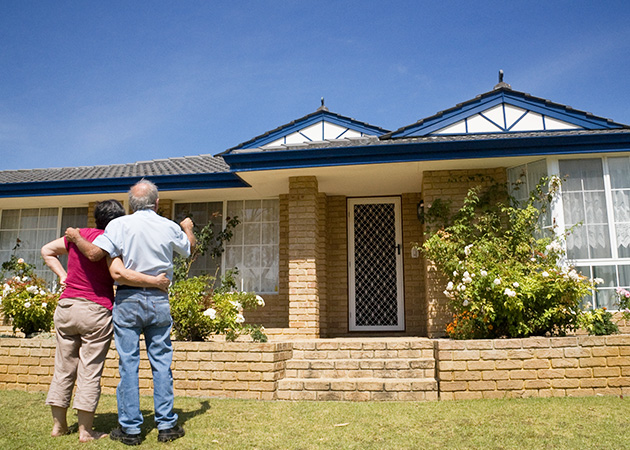Recent data from Roy Morgan Research reveals that the gender gap between male and female retirement savings is gradually closing. In 2008, the retirement savings of women amounted to 57.7% of the male average, while in 2016 the figure increased to 63%. While this is a remarkable progress, the average superannuation of women may not be enough to sustain a decent lifestyle during retirement.
According to the Workplace Gender Equality Agency (WGEA), there are range of factors contributing to the gender gap in superannuation including:
- Tax arrangements that benefit higher-paid men
- Gender pay gap
- The fact that women take more time off from work to take care of children
- The fact that women are more likely to work part time
WGEA further reports that the superannuation contribution gap is further compounded by women working part-time (3 out of 4 part-time employees are women) and takes extended periods out of the workforce caring for children and other family members. Hence, more women end up with lower retirement savings.
Australian Women Live Longer then Struggle with their Finances
According to a report released by the Council of Australian Government (COAG) Reform Council, women are generally healthier than men but experience difficulty with their finances, because they less likely to participate in paid work and as we have mentioned above have less superannuation when they retire.
The report also notes that older women (60 years old above) tend to need help with daily activities like household chores and transport. However, almost 30% of senior women report unmet need for help.
By 2050, the number of people aged 65 in Australia will nearly double and those aged over 84 will increase four times. Majority of this population will be women. Senior women don’t necessarily experience difficulty compared to older men, or the other way around, but they have different circumstances. And these unique challenges need innovative solutions like reverse mortgage.
Reverse Mortgage Can Help Women In Retirement
We at RMFS find it unacceptable that Australian senior women have to live with meagre superannuation. That’s why we help our customers, particularly women, to evaluate their finances and find suitable products and services to help them with retirement.
Many senior women have worked hard for years and have already paid off their mortgage. As a matter of fact, working women usually prioritise paying off mortgage first before saving for their retirement. Hence, much of their equity are locked within their homes.
Our reverse mortgage lenders can unlock this equity, so you can use a portion of your wealth to finance your needs during retirement. You can use the loan proceeds in anyway you want such as additional income, debt consolidation, financing aged care, upgrading of home, even purchasing car or paying for holiday.
The best thing about reverse mortgage is that you don’t have to move out from your home, so you can enjoy your residence during your retirement.
To know more about how you can use a reverse mortgage loan, you can call Reverse Mortgage Finance Solutions at 1800 001 020. You can schedule an appointment with our loan experts who will go the extra mile by visiting you at your home.
Regards, Marguerite



